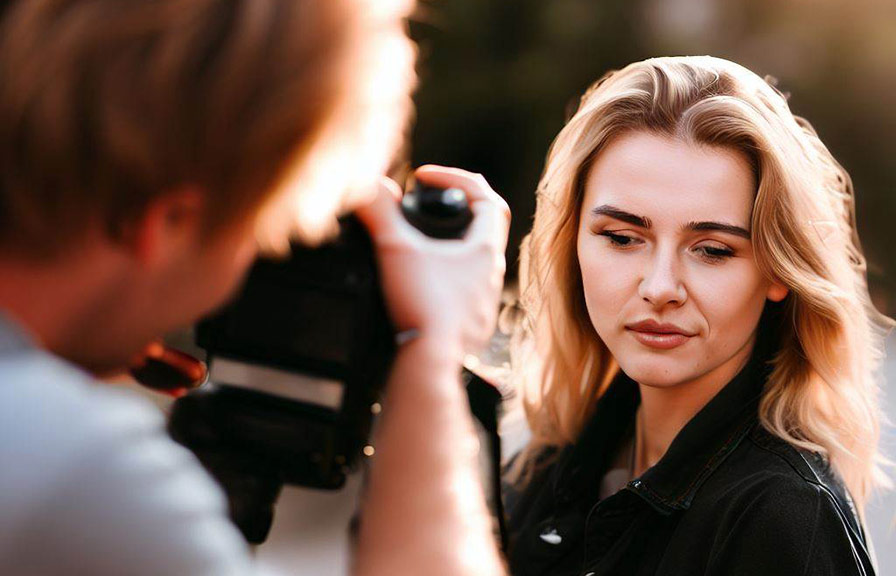I believe the correct term here would be "environmental portraits.” as opposed to formal portraits. Both are photgraphy.
Master the genre of environmental portrait photography. Our ultimate guide helps you handle settings, props, and lighting for unforgettable images.

digital-photography-school.com
Like any two rules of photography, you compare like to like. The rules of environmental photography are different than the rules of formal portrait photography, which are different the the rules of fashion photography, commercial photography, wildlife photography, landscapes or medical photography.
I think issues arise, when one tries to apply the rules of one to the other. Perhaps, that comes from not understanding the different concepts governing the approaches. In environmental it could be considered inappropriate to remove elements from the images. It should be done judiciously.
Even in my outdoor and landscape images, I always try and control the back ground as much as possible. But if you are capturing the environment as well as the person there will always be case for just leaving it as it is. But personally I’m inclined to in environmental photography to leave things as they are. Just by their nature there will be distracting elements. My guess is, when you start removing objects from environmental portraits, there will be disagreement over what to keep, and what to leave. I just find it easier to compose in the viewfinder, and leave everything. If an image doesn’t work, toss it and move on.
As general rule if it's, in the background and out of focus, I don’t see it as a distraction. It’s part of the environment. In my estimation, the current emphaisis created by Google and Apple of cloning out elements, is way overhyped. I understand it in the context of commercial photography. Not in environmental portraits.
In formal protraits, the emphasis is on a clean non-distracting enviroment. In environmental portraits, the chaos is part of the portrait. Any way, that’s how I think about it. In images I posted above, none of them is really a snapshot. Or even a candid. They all show people in the environemnt they work in.
 2025-05-18-AP-canoe Lake rentals girl by Norm Head, on Flickr
2025-05-18-AP-canoe Lake rentals girl by Norm Head, on Flickr 2023-09-02-Bluesfest by Norm Head, on Flickr
2023-09-02-Bluesfest by Norm Head, on Flickr 2023-02-17-Enid's End-D-SF by Norm Head, on Flickr
2023-02-17-Enid's End-D-SF by Norm Head, on Flickr 2025-05-18-AP-canoe Lake rentals girl by Norm Head, on Flickr
2025-05-18-AP-canoe Lake rentals girl by Norm Head, on Flickr 2023-09-02-Bluesfest by Norm Head, on Flickr
2023-09-02-Bluesfest by Norm Head, on Flickr 2023-02-17-Enid's End-D-SF by Norm Head, on Flickr
2023-02-17-Enid's End-D-SF by Norm Head, on Flickr















![[No title]](/data/xfmg/thumbnail/42/42473-acff07bd005ae1bb1af25d5d00d0c437.jpg?1734177002)


